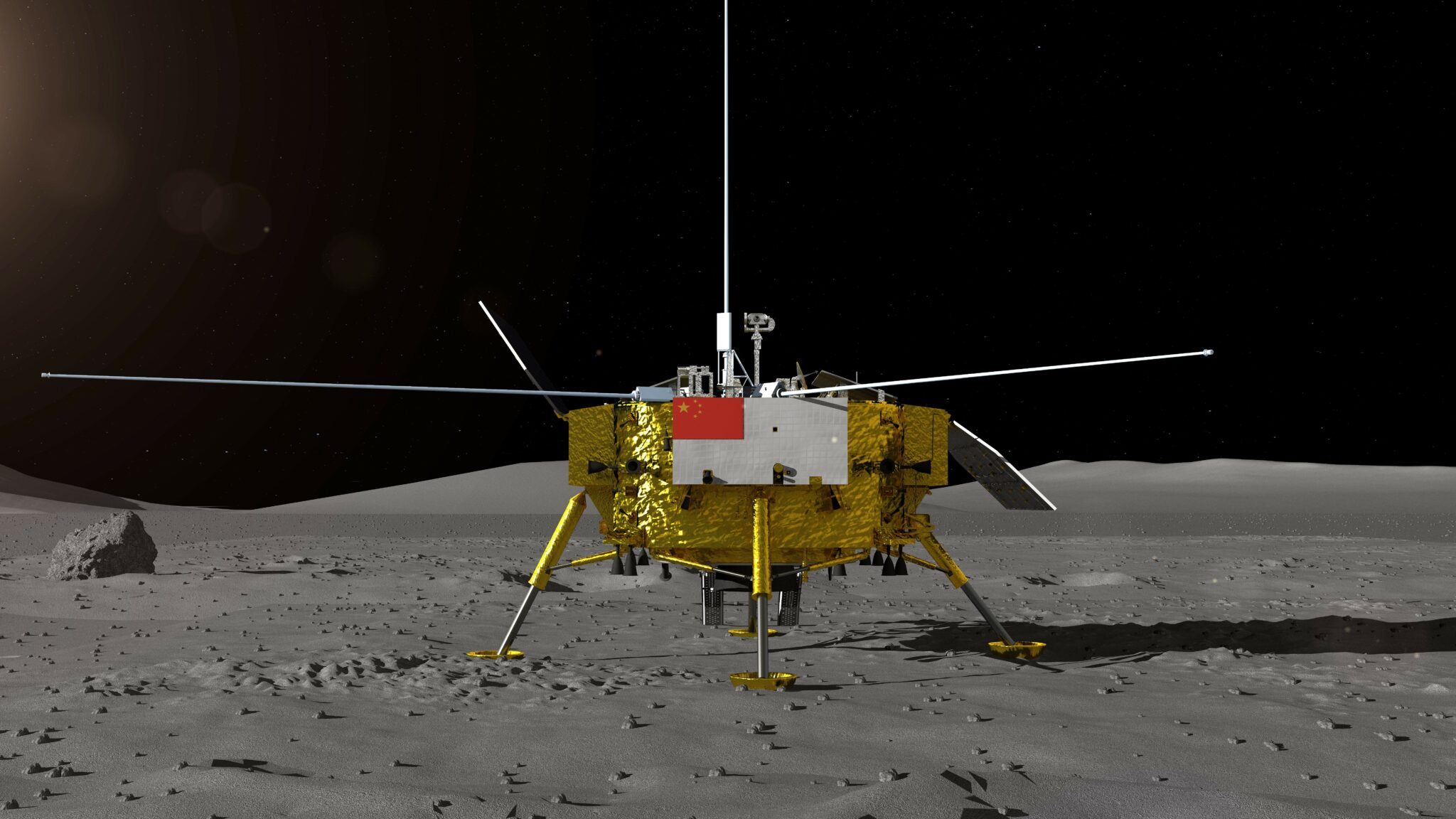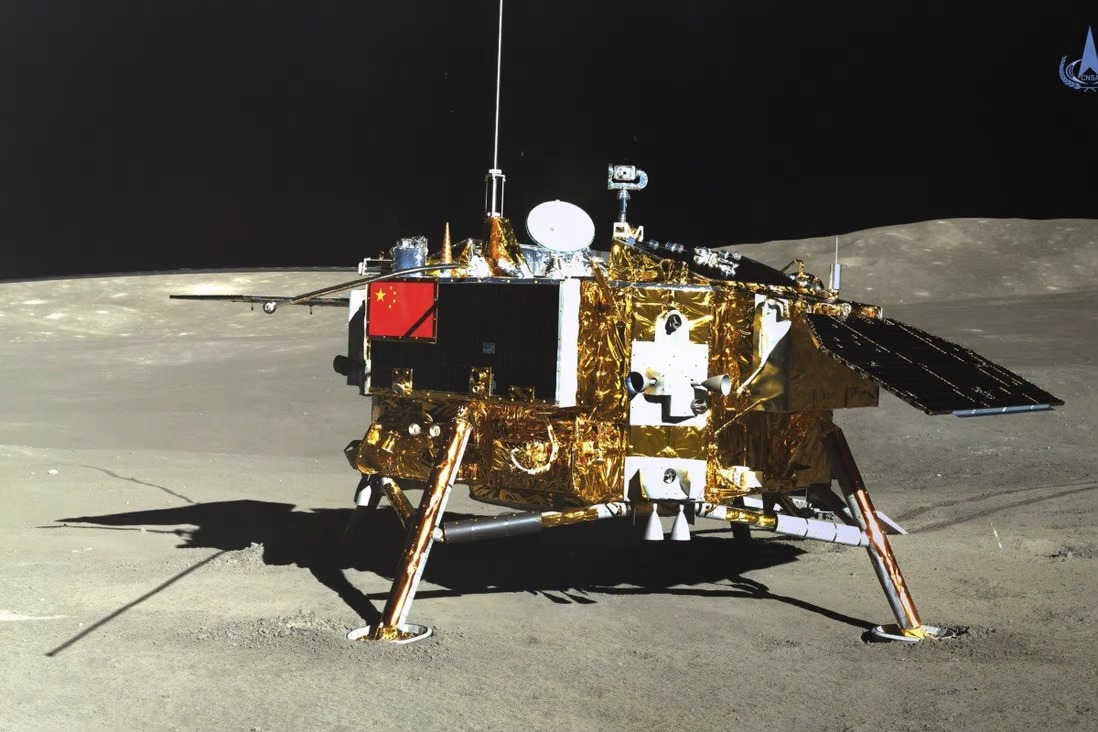Chinese scientists are working on a plan to save the only radio telescope operating on the far side of the Moon. As it turned out, a strong radio noise prevents the Chinese telescope from exploring the Universe. But where did it come from?
Perfect place for radio astronomy
The far side of the Moon is an attractive place for astronomers because the radio environment in this region is much cleaner than on Earth. In fact, our moon becomes a natural shield from radio interference from Earth. A radio telescope operating there would be able to pick up ultra-low-frequency radio signals from deep space, carrying the secrets of the formation of the first stars and black holes in the Universe.

For this purpose, the Chang’e 4 lander was used. The spectrometer on board Chang’e 4 was designed to scan the Universe without radio interference from Earth. As Chinese scientists found out, the far side of the Moon did not protect the device from radio noise. The problem turned out to be the radio emission of the lander, which turned out to be higher than expected.
Failed implementation of useful idea
Scientists suspected that the radio emissions of the device could be a problem for a low-frequency radio spectrometer. But the preventive measures they took were insufficient. The device was designed to monitor low-frequency radio emission — from 0.1 to 40 MHz. Intense radio bursts from the Sun are emitted at this frequency. As a result, the device drowned out even the strongest radio pulses from the Sun. Lander noises are caused by various factors, including electromagnetic leakage from power sources.
“The noise intensity from the lander turned out to be about two to three orders of magnitude higher than that of the solar signals we wanted to detect,” says an article published in the Chinese journal Astronomical Research & Technology.

The engineers admitted that part of the problem was that Chang’e 4 inherited the design of its predecessor, which was not designed for low-frequency observations. The spectrometer was equipped with three 5-meter antennas for receiving signals from the Sun and the lander, as well as a 20-centimeter antenna designed exclusively for detecting interference from the lander. But these noise reduction measures were not enough, which prompted scientists to look for other ways to solve this problem.
CLEAN algorithm as a rescue
Scientists from the National Astronomical Observatory of China and Tsinghua University said that the problem may have a complex mathematical solution. They plan to use an algorithm called CLEAN, developed by Swedish astronomer Jan Hogbom in the 1970s, which is still widely used in radio astronomy. It can be the rescue of the Chang’e-4 mission to filter out its radiation. According to their estimates, if the solution works, it can increase the sensitivity of the device by eight orders of magnitude and help to study at least solar radio pulses.
Earlier, the “Bloody Eclipse” disabled two robots on the Moon.
According to SCMP
Follow us on Twitter to get the most interesting space news in time
https://twitter.com/ust_magazine

